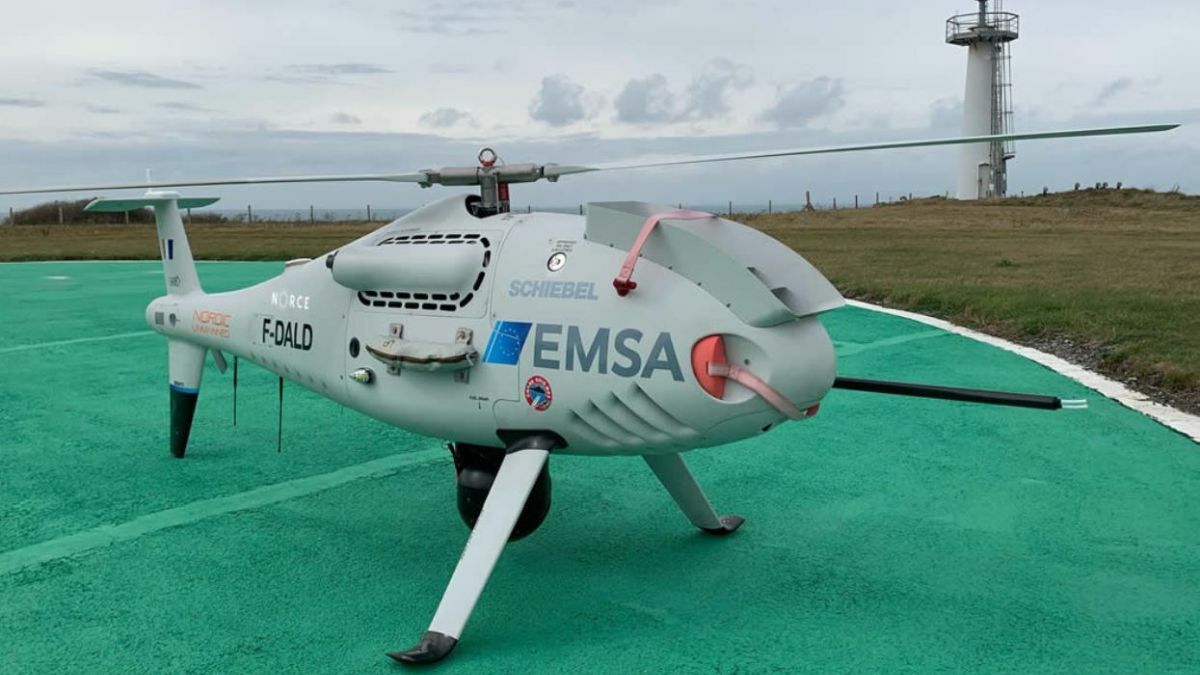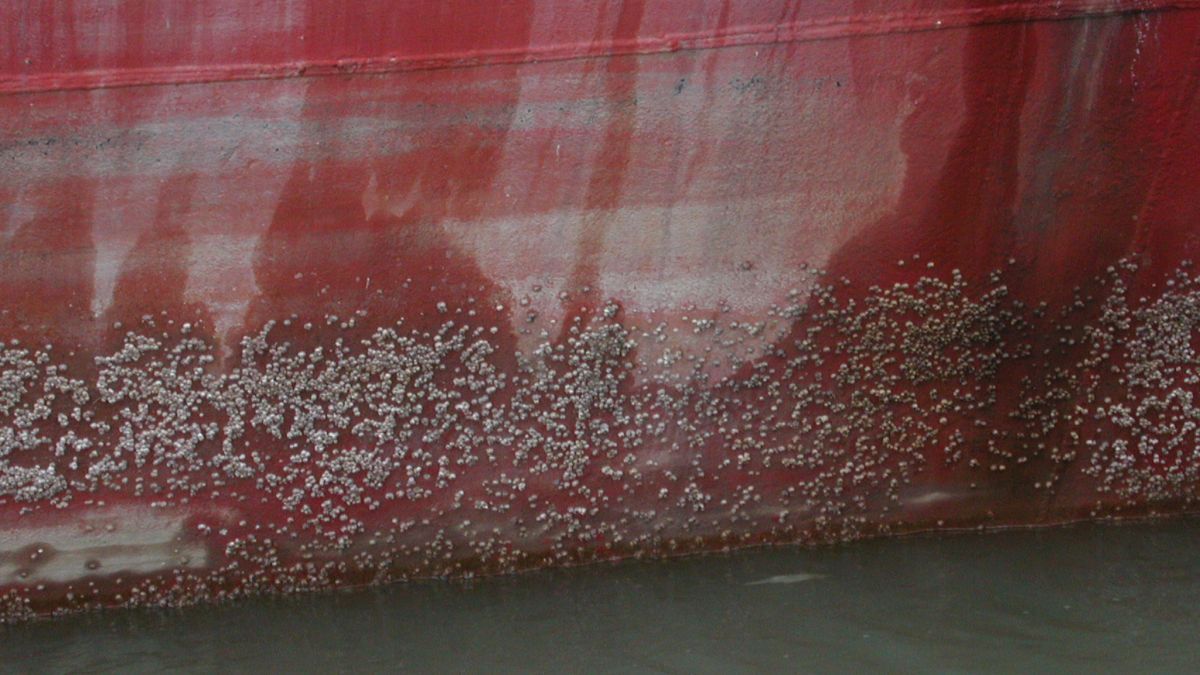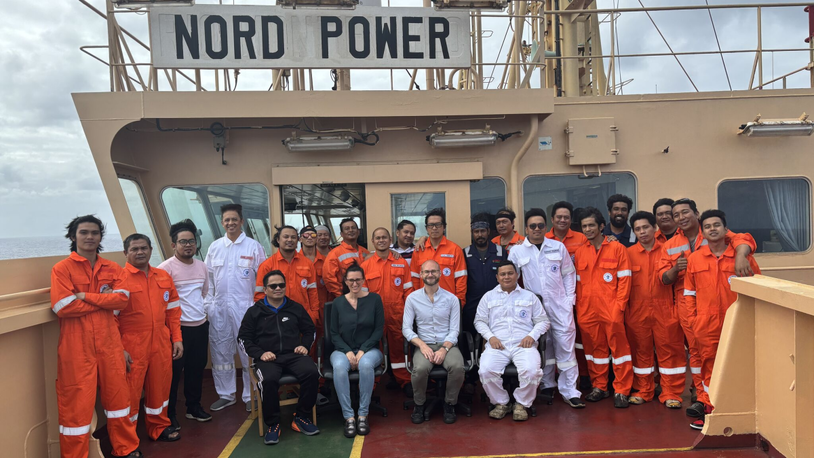Business Sectors
Events
Contents
Ship emissions monitoring drone deployed over the English Channel
With the aim of tightening control over ship emissions in French waters, the French Ministry of the Sea has deployed a sniffer drone in the strait of Pas-de-Calais, the world’s busiest area for ship movements
The detection of vessels flouting IMO rules on fuel sulphur content has been taken to a higher level with a sniffer drone. This is on a three-month deployment from the Regional Surveillance and Rescue Operational Centre Gris-Nez, France, which will serve as logistical base and will co-ordinate the follow-up of the flights.
The unmanned aircraft flight pattern includes the traffic separation scheme of Pas-de-Calais. This area is part of the North Sea sulphur emission control area where tighter pollution monitoring rules apply. Ships navigating in this area must not use fuel with a sulphur concentration higher than 0.1% whereas in other areas the limit is set at 0.5%.
The drone passes through the exhaust gas plume from ships’ stacks and analyses the plume with a dual sniffer system from which the sulphur content in the fuel burnt is derived. The information collected from the drone (sulphur concentration, images, flight trajectory and gas measurements) is transmitted live and recorded in EMSA’s RPAS data centre.
The RPAS Data Centre is linked to THETIS-EU, a European database used by authorities around Europe responsible for ship inspections. If the emissions measurement taken by the drone reveals a breach in the concentration limit, a subsequent ship inspection may be triggered at the next port of call.
EU member states are informed of these breaches to facilitate the co-ordination of the ship inspections among them.
The service provider is a consortium comprising Nordic Unmanned AS, and NORCE Norwegian Research Centre AS using a Schiebel CAMCOPTER S100 flying with Nordic Unmanned AS’s tail number.
It is has vertical take off and landing capability with a flight endurance of more than six hours and can pursue night operations. The aircraft payload includes the Explicit mini sniffer sensor system for vessel emissions monitoring. The satcom service to directly connect the site of operation to the RPAS-DC is provided by VIASAT.
Detection and enforcement is one of the subjects of Riviera’s Maritime Air Pollution | Europe virtual conference 20-22 October 2020. Book your conference pass here.
Related to this Story
Events
Maritime Environmental Protection Webinar Week
Cyber & Vessel Security Webinar Week
The illusion of safety: what we're getting wrong about crews, tech, and fatigue
Responsible Ship Recycling Forum 2025
© 2024 Riviera Maritime Media Ltd.














